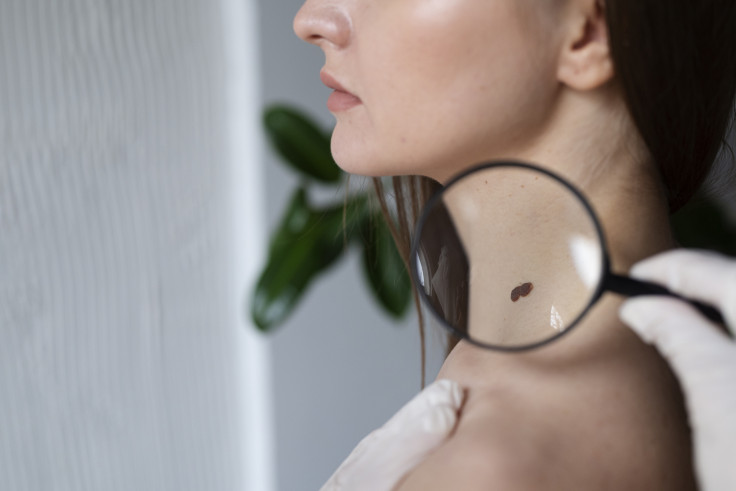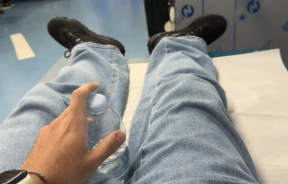How To Tell If Your Mole Is Cancerous: Doctor Shares A Simple Guide

You are in the shower and notice a new mole on your body. Although in most cases harmless, these small, colored spots can trigger a wave of panic, as thoughts race with concerns about cancer, leading to a frantic search for answers.
For anyone who has done this at least once, a doctor now shares a simple checklist to help distinguish between a normal mole and one that could be a warning sign of melanoma.
Skin cancer is one of the most common forms of cancer, potentially affecting 1 in 5 Americans by the age of 70. It often starts as something that seems harmless, a new bump that looks like a mole, a rough or scabby patch, a sore that would not heal, or a freckle that begins to change in shape or color, sometimes becoming itchy or painful. While the statistics can sound alarming and the warning signs are often subtle, the good news is that when detected early, the 5-year survival rate for melanoma is as high as 99 percent.
To detect skin cancer early, it is important to be alert and conscious of any changes happening in your body. However, that does not mean a simple mole should push you into a constant state of worry.
This is where the "ABCDE" checklist, where each letter of the acronym represents a sign of melanoma, as shared by Dr. Suraj Kukadia also known as Dr. Sooj. This checklist can help you distinguish between benign moles and potentially malignant ones.
"Moles are small colored spots on your skin. You may have a new mole on your skin or notice a change in an existing mole. It's most likely nothing to worry about, but here are the signs of melanoma, which is a type of skin cancer. The ABCDE checklist shows the differences between a normal mole and the signs of melanoma," Dr. Sooj said in a recent TikTok video.
Asymmetry:
The shape of a mole, particularly its symmetry, can be a distinguishing factor, according to Dr. Sooj. "Melanomas usually have an uneven shape and two very different halves," he said.
Border:
The edges or the border of the mole can also be an important point of identification, with "irregular or ragged border", a warning sign of skin cancer.
Color:
"Melanomas usually have a mix or two or more colors," warns Dr.Sooj.
Diameter:
Dr. Sooj explained that "D stands for diameter," noting that melanomas are usually larger than six millimeters in width, which is about the size of a pencil eraser.
Evolve:
If you find a new mole, it is important to check for changes in shape, size, color, or if it starts bleeding, itching, or becoming crusty, as these changes are "more likely" to indicate melanoma.
While melanomas can develop anywhere on the body, Dr. Sooj emphasizes that the most common spots to look for include the back, legs, the inside of the eyes, the soles of the feet, the palms, and the genital area. He advises regularly inspecting your skin for any "unusual changes" or new growths. Using a mirror or asking a partner for help can be particularly useful for reaching difficult-to-see areas. Taking photos of any marks can help track any changes over time. And, if you notice any warning signs, it is crucial to consult with a GP for a professional evaluation.



























